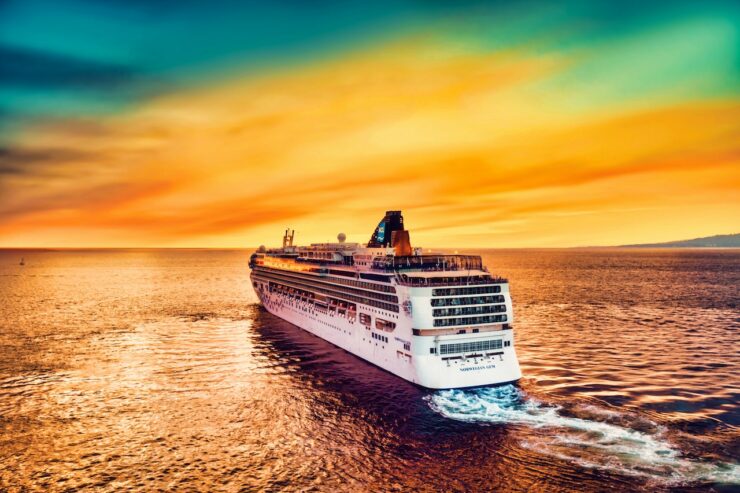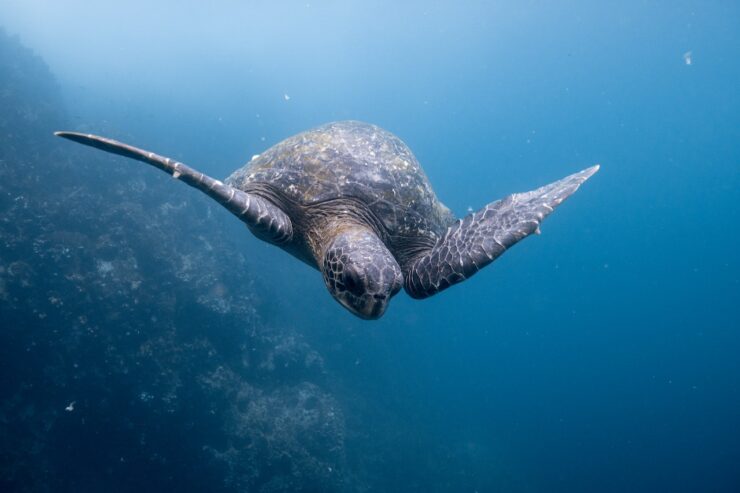The Galapagos Islands are a destination that sits on the bucket list of many travelers worldwide. The majority of tourists explore these islands via ship, however, it can be daunting to find the appropriate itinerary. It takes a fair bit of research to find one that will suit your needs since the schedule varies widely.
But how can you know to choose the right trip? When it comes to exploring extraordinary and new exotic destinations, the focus should be on experiencing the destination itself. There are things you shouldn’t miss and activities you certainly must do.
If you’ve set your heart on seeing the giant tortoises, snorkeling with the sea life in the crystal clear, turquoise waters, and exploring the wild, then you should continue reading this guide on how to plan your Galapagos trip. More specifically, a cruise trip since you can see the most exciting stuff while traveling on water.
Let’s explore the best way to plan your Galapagos trip and learn all you need to know before embarking on this wonderful trip.
How to Get To Galapagos?
Probably the main question is how to get to the islands. Considering their location on the coast of Ecuador, the archipelago consists of 58 islands of untouched beauty, marvelous landscapes, and wildlife. Among the inhabited islands are Isabela Island, Santa Cruz, San Cristobal, and Floreana Island.
A Galapagos cruise will take you to the main points of the itinerary, however, there are islands that are not inhabited and can be visited via a boat tour. Some of the cruise lines offer additional trips to most of these islands for a certain fee.
Before you plan your trip, you should book your flight and depart from the main cities Quito or Guayaquil. You can choose where to arrive, either on San Cristobal Island or Baltra Island. Be aware of the mandatory tourist fee that needs to be paid on transit, which is $20. Upon your arrival, a $100 fee is required for entrance into the Galapagos National Park.
Due to their volcanic nature. The Galapagos Islands are expanding continuously. This means new islands are forming, even as you read this article! Its surface is spread over 17,000 sq2 miles on the Pacific Ocean and only 18% of the area is above sea level.

Decide What You Want To See in the Wildlife
Since Galapagos is rich in wildlife, most tourists travel there to see the flightless cormorant, red-footed booby, the albatross, or the giant tortoises. The genetic alterations caused the flightless cormorant to lose its ability to fly, so instead they’ve developed underwater hunting and swimming skills. You’ll be amazed by how these creatures function in the unkind, harsh conditions in the Galapagos environment.
The red-footed booby is another iconic species to be noted on the islands of Genovesa. On the other hand, the albatross is famous for its flying skills and gliding through the air for hours. Ultimately, your Galapagos itinerary should include at least one of these activities where you’d get to see the uniqueness of each creature.
Determine Your Budget
Whether you’ve planned to visit Galapagos or another distant destination, your budget will determine the trip. There are different prices for budget boats, first-class vessels, luxury yachts, hostels, or five-star hotels. Determining your budget will help you organize your trip and stay on track.
For example, budget boats are of a casual setting and include fewer amenities and a limited menu. First-class vessels, on the other hand, are not only luxurious but offer better guides, onboard amenities, and quality service.

What’s The Weather Like?
The Galapagos Islands are rich in dry and mild climates. For those of you who’ve imagined the Galapagos as the paradise of dense forests and tropical landscapes, it’s a bit of a harsh truth to learn there is an increased amount of rain when the temperatures drop. The rainy season is from January to April and the second half of the year is pleasant and warm.
The best time to visit Galapagos is any time. Regardless, we advise you to avoid the peak times when tourism is at its highest, December and January, or June through August.
The next thing to consider is where you’d like to move the expedition. Consider which islands you want to visit since each of them differs in activities, landscapes, and packages. You can encounter volcanic terrain, dramatic cliffs, lush highlands, red-colored beaches, and exquisite forests.
Choose The Cruise
Last but not least, choose the Galapagos itinerary based on your needs and requirements. Once you’ve considered all of the steps above, it’s time to choose the package and enjoy your trip. For more information regarding how to prepare for your trip, what to pack, learn about the weather, etc., visit our blog.
